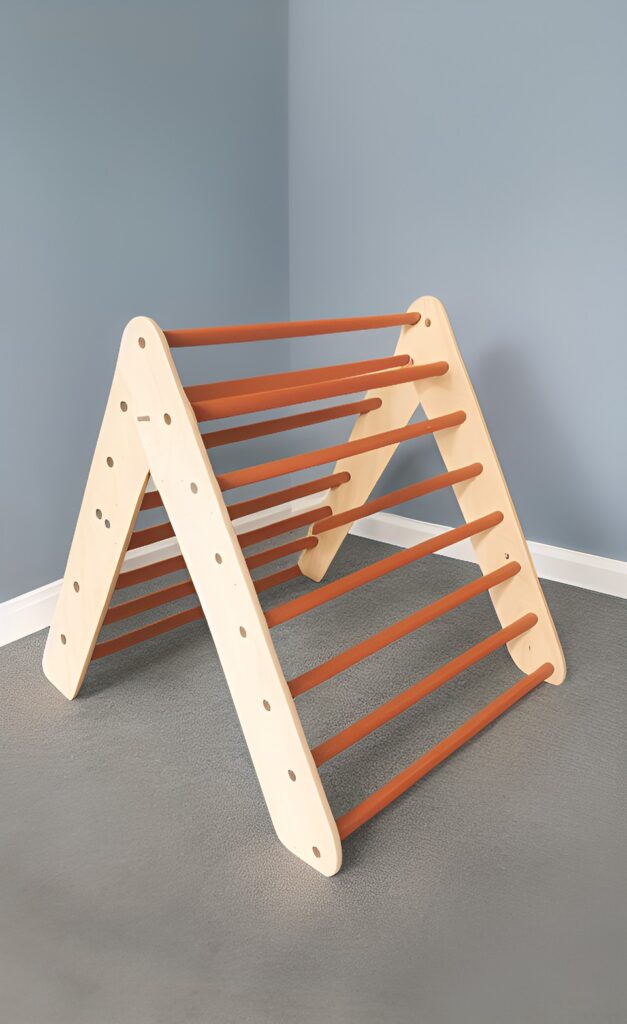The use of Pickler triangles in Montessori-inspired homes and preschools has become widespread and widely praised. Climbing triangles allow kids to try new things while getting some exercise and building their self-esteem and motor skills. We’ll take a look back at how pickler triangles have developed over time.

History
It was a Hungarian pediatrician named Dr. Emmi Pikler in the 1930s who first conceptualized the pickler triangle. Dr. Pikler was a proponent of letting children learn and grow at their own pace, and he stressed the importance of fostering their independence. She thought kids should be allowed to run around and play without adult supervision.
Dr. Pikler designed the triangle to help kids grow physically by giving them a place to play that is both secure and interesting. We wanted the triangle to be a basics, all-natural structure that could be modified for use by people of varying ages and skill levels.
In the beginning, there was the wooden pickler triangle, which featured three parallel sides with rungs on each. Young children can climb and play on the structure with complete peace of mind. The pickler triangle quickly spread across Europe and became a standard component of kindergarten curricula.
Evolution
The pickler triangle has developed into an increasingly flexible tool over the years. Certain manufacturers have upgraded the traditional triangle by including features like slides, ramps, and platforms, making it more fun and interesting for kids to play on.
Collapsible pickler triangles have also been made by other manufacturers for convenience in storage and portability. Companies have also developed pickler triangles that can be reconfigured into other pieces of equipment, such as climbing cube or a balance board, expanding the range of possible uses for the toys among children.
These modifications notwithstanding, the pickler triangle still retains its fundamental validity. To this day, it remains a basic, organic, and secure structure that promotes children’s movement and physical exploration.
Conclusion
The pickler triangle has a long and storied history in preschool and kindergarten classrooms, and it has developed over time into an adaptable and much-loved tool for teaching young learners. The original design by Dr. Pikler has stood the test of time, and the triangle is still a great way to help young children develop their motor skills, sense of independence, and self-esteem, Pickler triangles are likely to be a mainstay in preschool and kindergarten classrooms for the foreseeable future, thanks to the rising demand for Montessori-style education.
